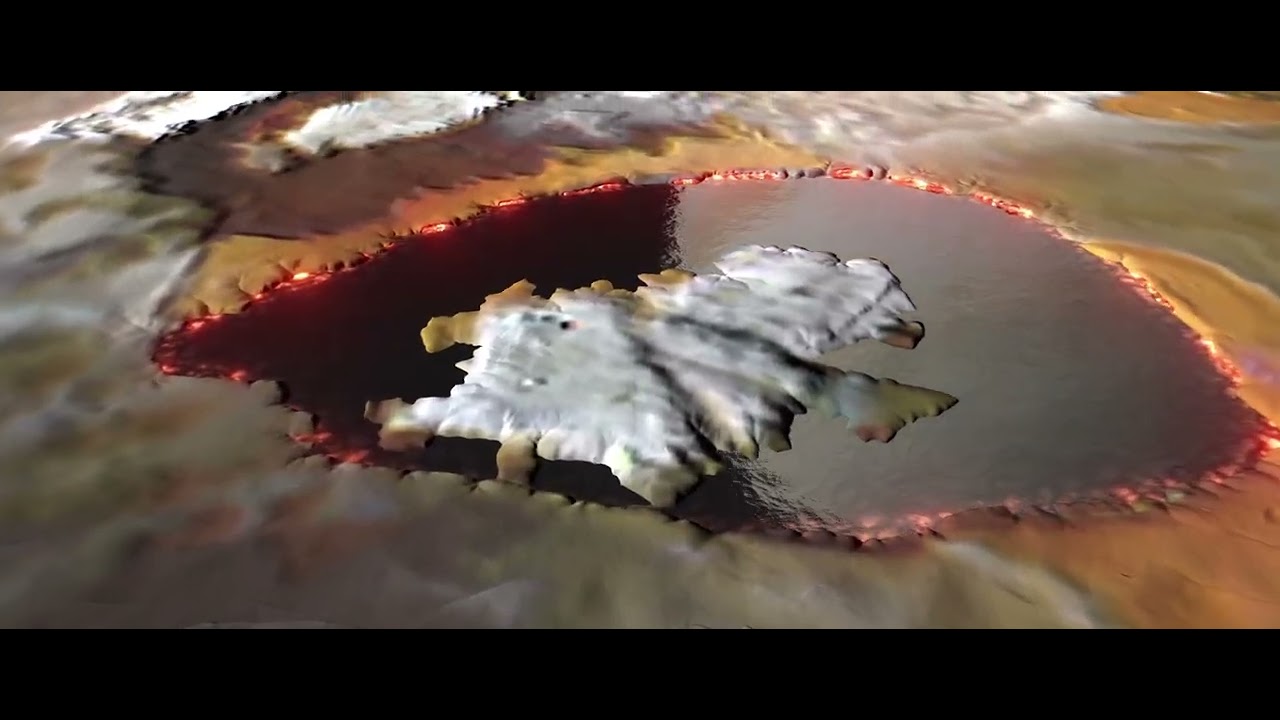Europa has always held a fascination to me. I think it’s the concept of a world with a sub-surface ocean and the possibility of life that has inspired me and many others. In September 2022, NASAs Juno spacecraft made a flyby, coming within 355 kilometres of the surface. Since the encounter, scientists have been exploring the images and have identified regions where brine may have bubbled to the surface. Other images revealed possible, previously unidentified steep-walled depressions up to 50km wide, this could be caused by a free-floating ocean!
Continue reading “Juno Reveals Secrets About Europa’s Icy Surface”Juno Reveals a Giant Lava Lake on Io
NASA’s Juno spacecraft came within 1,500 km (930 miles) of the surface of Jupiter’s moon Io in two recent flybys. That’s close enough to reveal new details on the surface of this moon, the most volcanic object in the Solar System. Not only did Juno capture volcanic activity, but scientists were also able to create a visual animation from the data that shows what Io’s 200-km-long lava lake Loki Patera would look like if you could get even closer. There are islands at the center of a magma lake rimmed with hot lava. The lake’s surface is smooth as glass, like obsidian.
Continue reading “Juno Reveals a Giant Lava Lake on Io”It's Time for Jupiter's Annual Checkup by Hubble

Each year, the Hubble Space Telescope focuses on the giant planets in our Solar System when they’re near the closest point to Earth, which means they’ll be large and bright in the sky. Jupiter had its photos taken on January 5-6th, 2024, showing off both sides of the planet. Hubble was looking for storm activity and changes in Jupiter’s atmosphere.
Continue reading “It's Time for Jupiter's Annual Checkup by Hubble”NASA’s Juno Probe Makes Another Close Flyby of Io
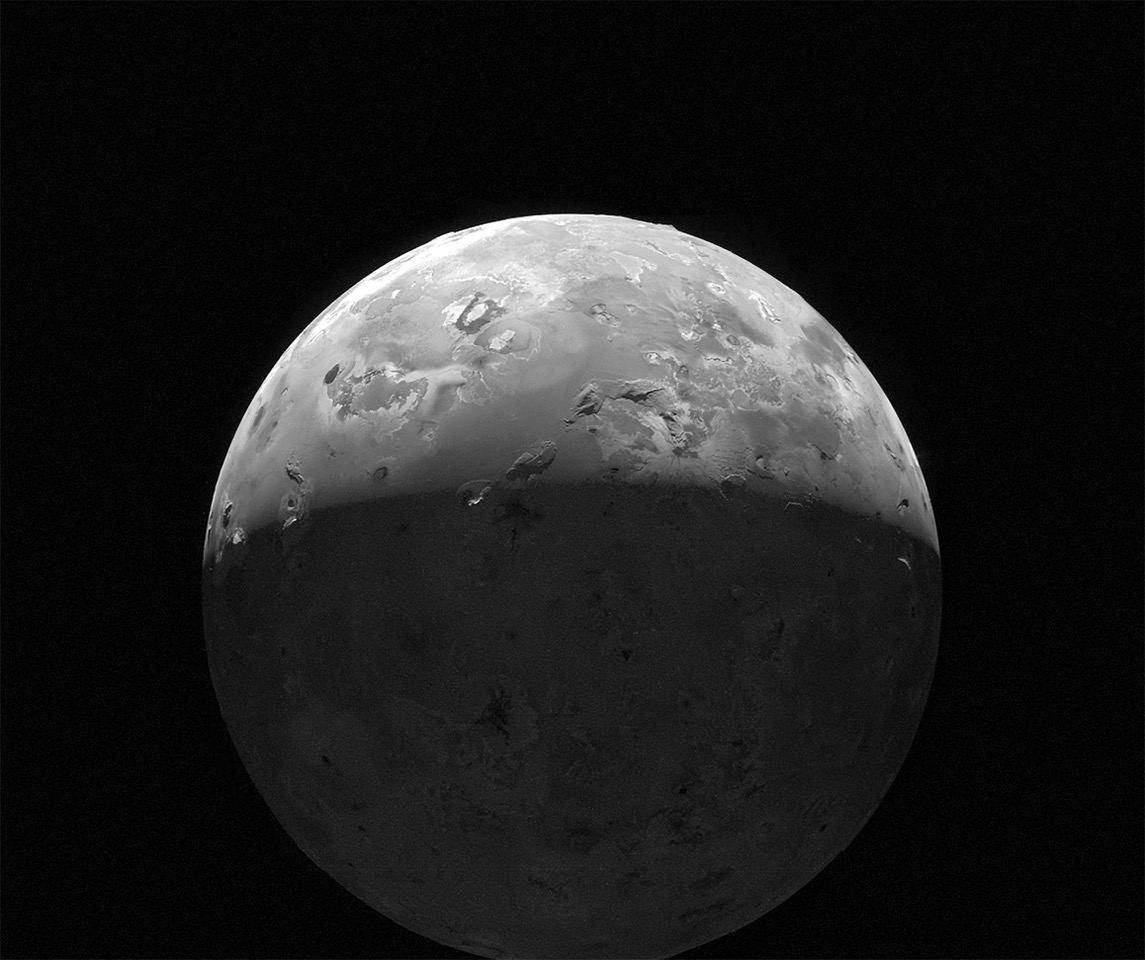
The Juno spacecraft has revealed some fascinating things about Jupiter since it began exploring the system on July 4th, 2016. Not only is it the first robotic mission to study Jupiter up close while orbiting it since the Galileo spacecraft, which studied the gas giant and its satellites from 1995 to 2003. Juno is also the first robotic explorer to look below Jupiter’s dense clouds to investigate the planet’s magnetic field, composition, and structure. The data this has produced is helping scientists address questions about how Jupiter formed and the origins of the Solar System.
Since 2021, the probe has been in an extended mission phase, where it has been making flybys of some of Jupiter’s largest moons, including Ganymede, Europa, and Io. As it passes these satellites, Juno has captured some incredible images with its main imaging instrument, the JunoCam. On Saturday, February 3rd, 2024, the Juno spacecraft made another flyby of Io and took more captivating photos of the volcanic moon and its pockmarked surface. This was the second part of a twin flyby designed to provide new insight into Io’s volcanic nature and the interior structure of the satellite.
Continue reading “NASA’s Juno Probe Makes Another Close Flyby of Io”Astronomers Test an Exoplanet Instrument on Jupiter

The European Southern Observatory’s Very Large Telescope (VLT) has a high-resolution spectrograph called ESPRESSO, designed specifically to detecting and characterize exoplanets. Astronomers recently ran a test with the instrument, studying the atmosphere and winds of Jupiter. They used a technique called Doppler velocimetry to measure the reflection of light from the Sun in the planet’s clouds, allowing for instantaneous measurement of the clouds’ wind speeds. The technique has also been used on Venus and will guide the future study of exoplanets.
Continue reading “Astronomers Test an Exoplanet Instrument on Jupiter”Juno Makes its Closest Flyby of Io
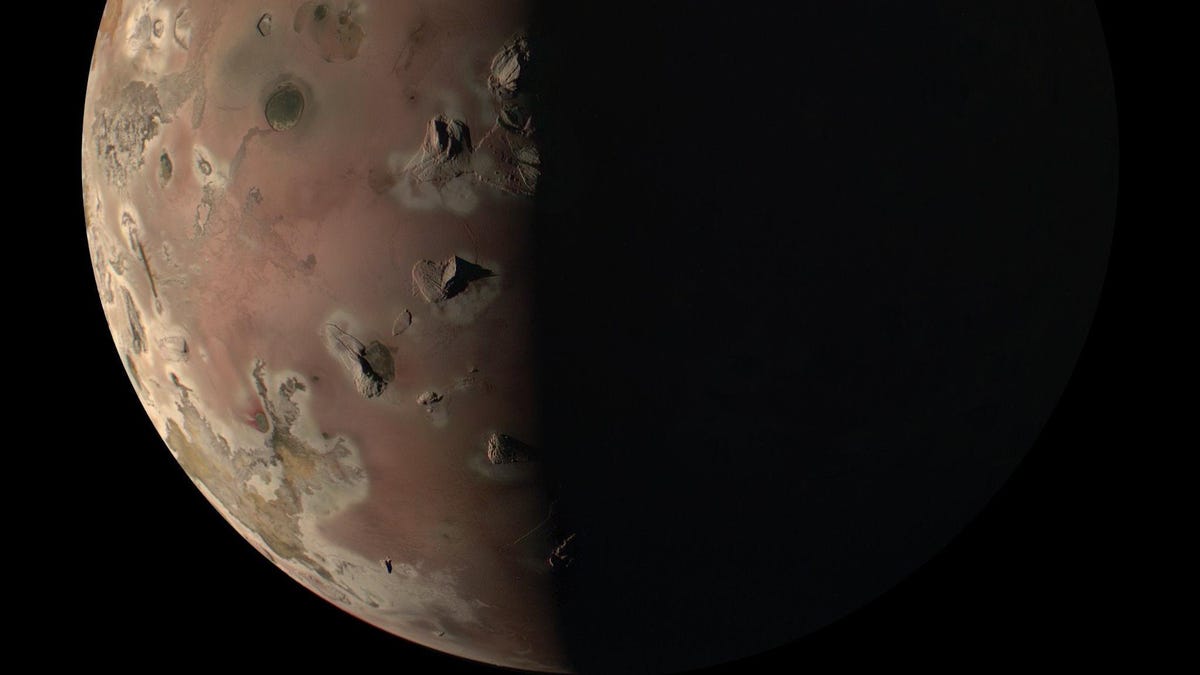
NASA’s Juno spacecraft has been getting closer and closer to Jupiter’s volcanic moon Io with each recent orbit. Juno is in its 57th orbit of Jupiter, and on December 30th, Juno came to within 1500 km (930 miles) of Io’s surface. It’s been more than 20 years since a spacecraft came this close.
Continue reading “Juno Makes its Closest Flyby of Io”Juno Spots Salts and Organic Molecules on Ganymede’s Surface
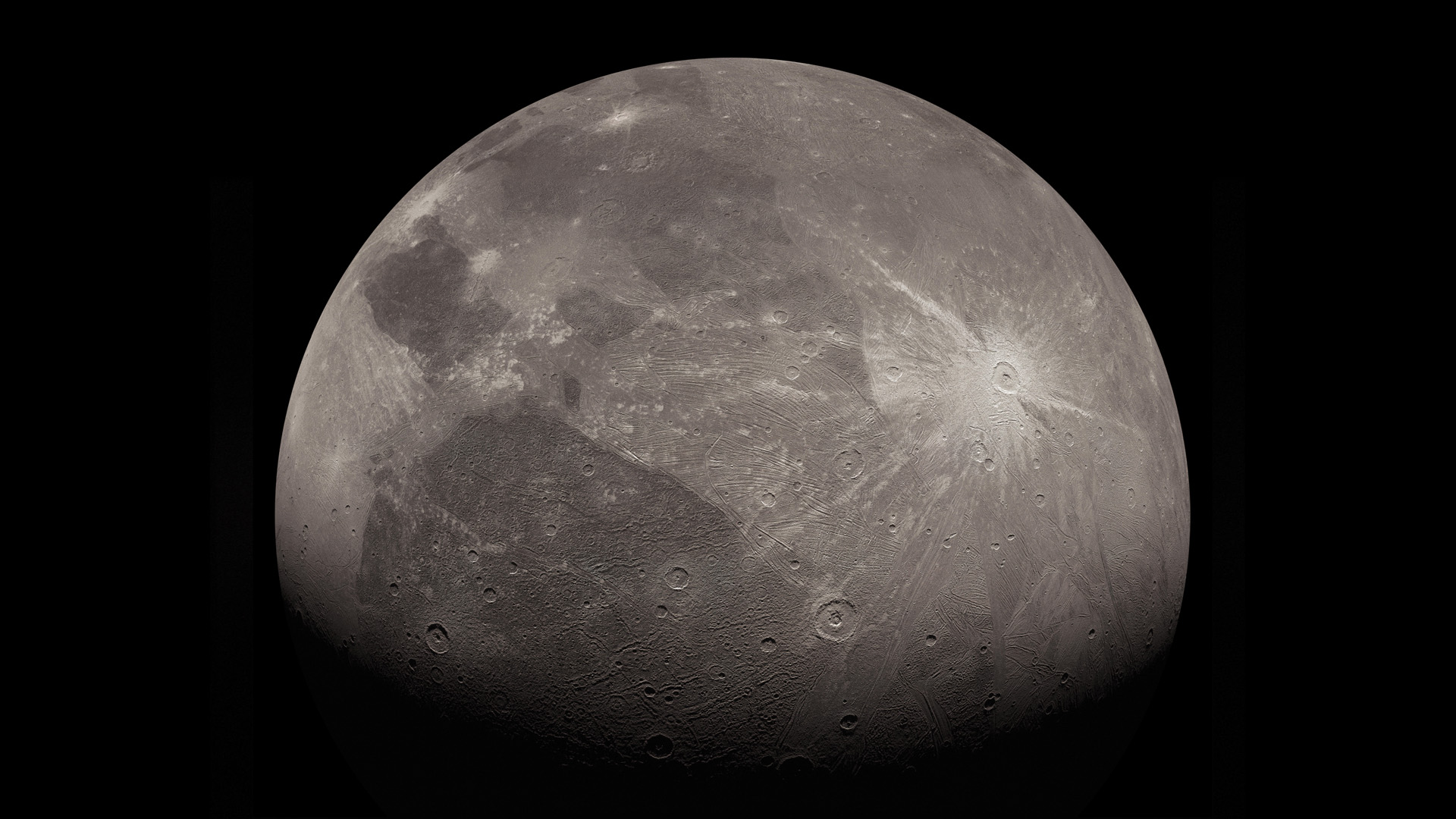
NASA’s Juno mission continues to orbit Jupiter, gathering data on its atmosphere, composition, gravitational field, magnetic field, and radiation environment. This data is helping scientists to learn more about the planet’s formation, internal structure, mass distribution, and what is driving its powerful winds. Periodically, the spacecraft also performs flybys of Jupiter’s largest satellites (the Galilean Moons), acquiring stunning images and vital data on their surfaces. These include optical and thermal images of Io’s many active volcanoes, Europa’s icy terrain, and infrared images of Ganymede.
During its last flyby of Ganymede (June 7th, 2021), Juno collected infrared images and spectra on the moon’s surface using its Jovian InfraRed Auroral Mapper (JIRAM) instrument. According to a recent study by an international team of researchers, this data revealed the presence of salt minerals and organic molecules on the icy moon’s surface. The findings could help scientists better understand the origin of Ganymede, the composition of its interior ocean, and the way material is exchanged between the surface and interior. In short, it could help scientists determine if life exists deep inside Ganymede’s ocean.
Continue reading “Juno Spots Salts and Organic Molecules on Ganymede’s Surface”Jupiter Looks Bizarre in Hubble's New Ultraviolet Image
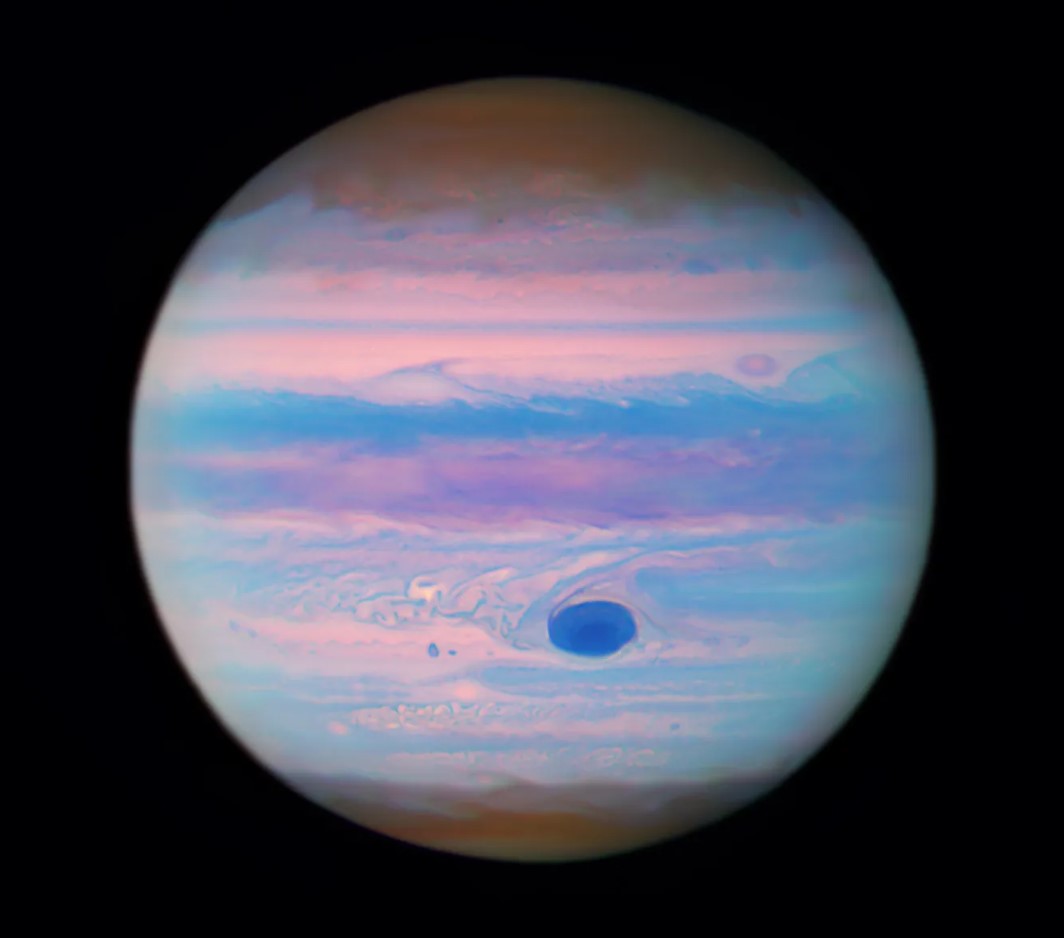
Jupiter has gone pastel!
Check out this ultra-cool image of Jupiter taken by the Hubble Space Telescope. This is a color composite picture of Jupiter seen in ultraviolet, which reveals different features in Jupiter’s atmosphere. One feature that stands out is Jupiter’s Great Red Spot — it is blue in this image!
Continue reading “Jupiter Looks Bizarre in Hubble's New Ultraviolet Image”JWST Takes a Detailed Look at Jupiter’s Moon Ganymede

Nature doesn’t conform to our ideas of neatly-contained categories. Many things in nature blur the lines we try to draw around them. That’s true of Jupiter’s moon Ganymede, the largest moon in the Solar System.
The JWST took a closer look at Ganymede, the moon that’s kind of like a planet, to understand its surface better.
Continue reading “JWST Takes a Detailed Look at Jupiter’s Moon Ganymede”A New Weather Feature was Hiding in JWST’s Picture of Jupiter

In July 2022, NASA’s James Webb Space Telescope (JWST) used its NIRCam (Near-Infrared Camera) to capture stunning infrared images of the largest planet in the solar system, Jupiter. Within these striking images, scientists recently discovered a jet stream in the northern latitudes just over Jupiter’s equator and 20-35 kilometers (12-21 miles) above Jupiter’s cloud tops. This jet stream stretches approximately 4,800 kilometers (3,000 miles) with speeds of 515 kilometers per hour (320 miles per hour), more than double the speed of a Category 5 hurricane on Earth.
Continue reading “A New Weather Feature was Hiding in JWST’s Picture of Jupiter”

